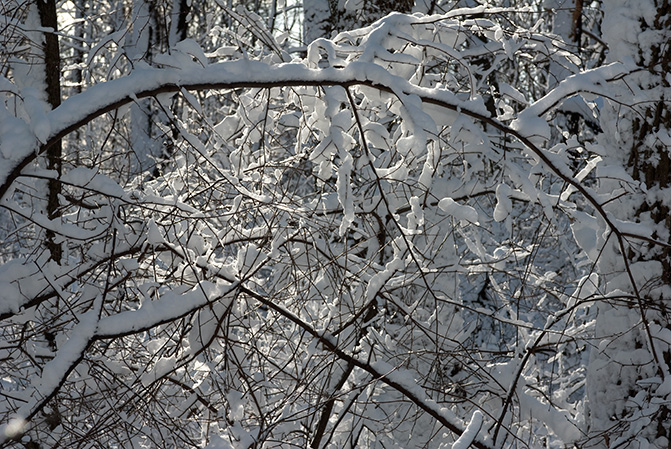Tip of the Week — 12/22/08
Posted in Gardening Tips on December 22 2008, by Sonia Uyterhoeven
Lessons in Biodiversity and Sense of Place
 Sonia Uyterhoeven is Gardener for Public Education at The New York Botanical Garden.
Sonia Uyterhoeven is Gardener for Public Education at The New York Botanical Garden.
 I recently attended a lecture on the art of ecological garden design and found a great deal of inspiration from the speaker’s ideology. I was reminded of the importance of a “sense of place.”
I recently attended a lecture on the art of ecological garden design and found a great deal of inspiration from the speaker’s ideology. I was reminded of the importance of a “sense of place.”
This is a design concept that has been around for years, but it was forcefully driven home with the reminder that a generic landscape—let’s say for the sake of simplicity a home surrounded by a green lawn—gives the viewer no sense of locality. You could be in Arizona, Alaska, Alabama, or anywhere in between.
With it comes the poignant reminder that we “no longer know where we are” and lose a sense of “who we are.” There is a loss of culture and tradition that disappears with the absence of locality.
Every part of the country has its own particular flavor.
If you are looking out your window and you see the knobby trunk of a pitch pine (Pinus rigidia), a beach plum (Prunus maritima), and expansive carpets of bearberry (Arctostaphylos uva-ursi) and broom crowberry (Corema conradii) covering sandy soil, then you are probably on Cape Cod. This is an image that is laden for many with certain associations, smells, and memories—generally good ones.
It is a memory of a diverse environment. This guru on ecological garden design reminded me that the experientially rich environment is full of textures, colors, movement, and sounds. With diverse plant palates comes the concomitant diversity in wildlife—the welcome as well as the unwelcome kind.
Monocultures often appear to be static and sterile, while one of the greatest joys of a natural environment is its dynamic system that celebrates seasonality. If beauty and abundance is not enough to convince the reader of the importance of diversity, then know that an ecological garden works with its surrounding rather than against it so is much less of a maintenance challenge. It certainly doesn’t require the quantity of chemicals that we have to dump into our lawns to keep them green.
Does this mean we should do away with the generic lawn? Certainly not! I would hate to lose the spot for the lawn chair, the badminton game, or the barbeque. With a little planning we can have the best of both worlds—patches of organically maintained lawn woven into a diverse and ecologically sound garden. This is how we can flourish and grow into the future.


I agree with your comments 100%!